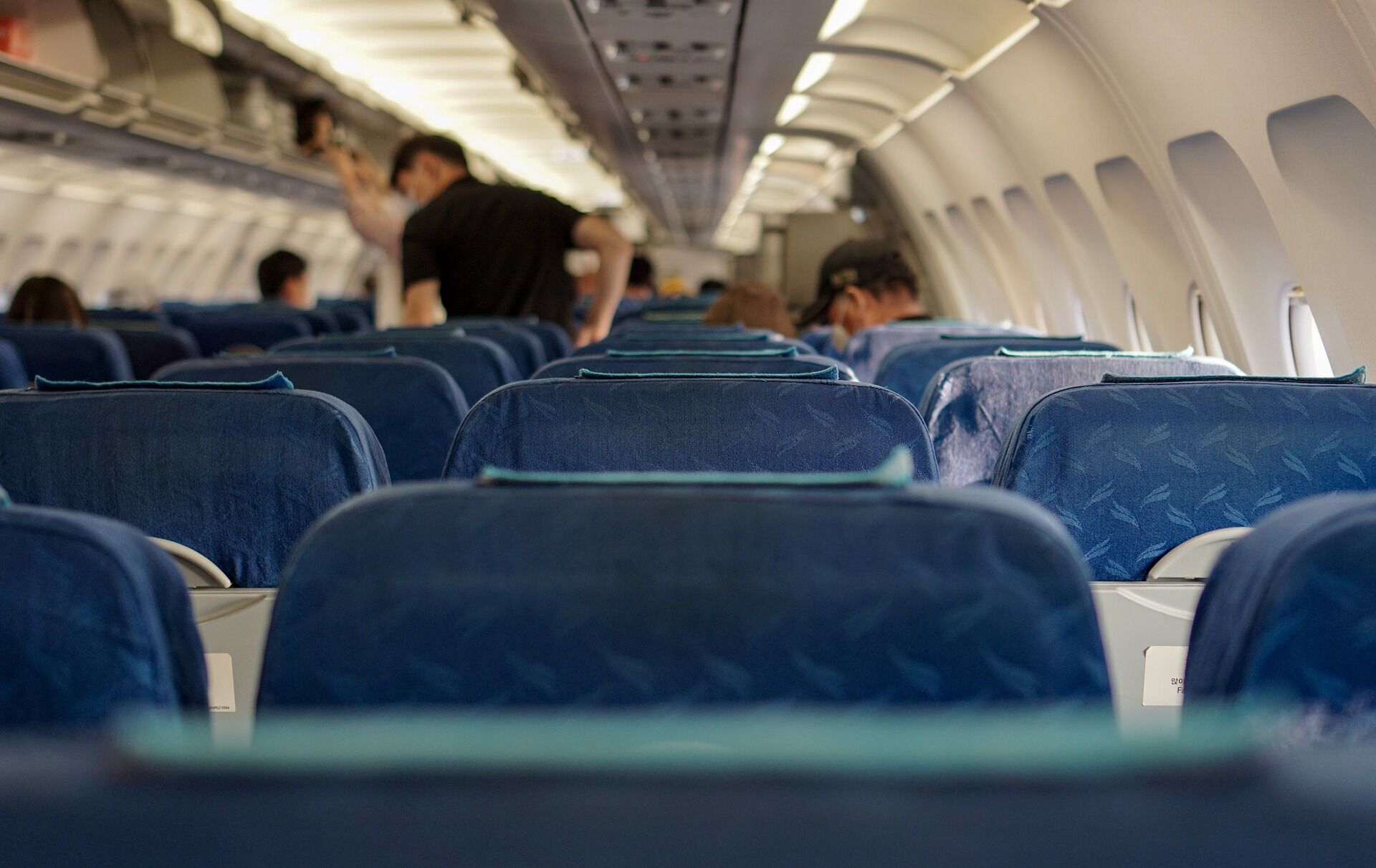Safety procedures and rules: how to behave in case of an emergency on an airplane

When flying on an airplane, there are always certain risks of an emergency occurring. In such situations, the trained and qualified personnel of the aircraft must do everything possible to save the lives of all passengers and crew members.
Flight attendants demonstrate safety procedures, including what to do in an emergency to save lives and prevent injuries to passengers. So, we have outlined the actions that can help you stay safe on the plane and the instructions you should follow in Express.
Flight Mode
Although the rule regarding turning off cell phones during the flight was relaxed in 2013, it's important to note that cell phone signals can interfere with radio signals. Therefore, to avoid creating additional interference with communication between the controller and the aircraft, it's better to switch to flight mode.
Upright Seats Before Takeoff and Landing
While everyone wants to relax, reclining your seat during takeoff or landing is dangerous. During takeoff and landing, there is a significant risk of creating an obstruction for others if quick evacuation from the aircraft becomes necessary after landing.

Open Blinds During Takeoff and Landing
During takeoff and landing, it's crucial to monitor every aspect of the flight. That's why keeping window blinds open makes it easier and faster to spot potential issues, such as an engine fire. Additionally, if evacuation becomes necessary, it will be easier for your eyes to adjust to the outside light.
Dim Lights During Takeoff and Landing
Dimming the lights during takeoff and landing makes it easier to see in the dark in the event of an evacuation. This is particularly important if an emergency occurs unexpectedly while passengers are asleep.
Brace Position
During an emergency landing, passengers should assume the following position: lean forward, bend your knees, and place your feet flat on the floor. Your hands should be on the sides of your head, and your head should be as close as possible to the seat in front of you or to the surface. These actions can help minimize the risk of serious injury.



















